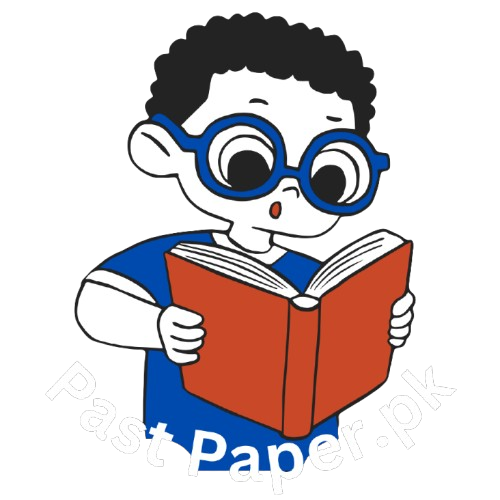CSS Psychology Past Paper 2014
Note: Before 2016 Psychology had Two Papers.
Paper-I
PART-II (Subjective) 80 Marks
Attempt ONLY FOUR Questions from PART-II. (20×4)
PART-II
Q.2 What are the major perspectives of Psychology and which one you prefer the most and why?
Q.3 What do you understand by conditioning? How would you differentiate classical conditioning from operant conditioning?
Q.4 Define Personality in the context of different theories of personality. Give an account of objective and projective tests used to assess personality.
Q.5 What is the significance of attitudes and prejudices in the current wave of terrorism and violence in Pakistan? Suggest measures to eradicate prejudices which might help reduce terrorism and violence in Pakistan.
Q.6 Give a detailed account of theories of emotions and emotion expression.
Q.7 Describe structure of the brain and function of different lobes of brain.
Q.8 Write short NOTES on any FOUR of the following:
(a) Agents of socialization
(b) Attitude Formation
(c) Endocrine glands
(d) Cerebellum
(e) Maslow’s theory of motivation
(f) Depth perception
Paper-II
PART-II (Subjective) 80 Marks
Attempt ONLY FOUR Questions from PART-II. (20×4)
PART-II
Q.2 Describe significant socio-cultural factors important for child development. Highlight those which are more relevant in our culture.
Q.3 Describe Piaget’s theory of cognitive development. Critically evaluate the theory too.
Q.4 How would you define abnormal behavior? Compare and contrast any two psychological perspectives for explaining this concept.
Q.5 Elaborate behavioral approach to therapy for psychological disorders. Which is the most suitable behavioral technique for handling phobias?
Q.6 Describe periods of prenatal development. What prenatal diagnostic tests are available?
Q.7 Differentiate between traditional concept of intelligence and emotional intelligence. How emotional intelligence is important for a CSP officer.
Q.8 Write notes on any FOUR of the following:
(a) Work Environment
(b) Juvenile Delinquency
(c) Psychosomatic Disorders
(d) Group Dynamics
(e) Creativity
(f) Psychoanalytic Therapy
